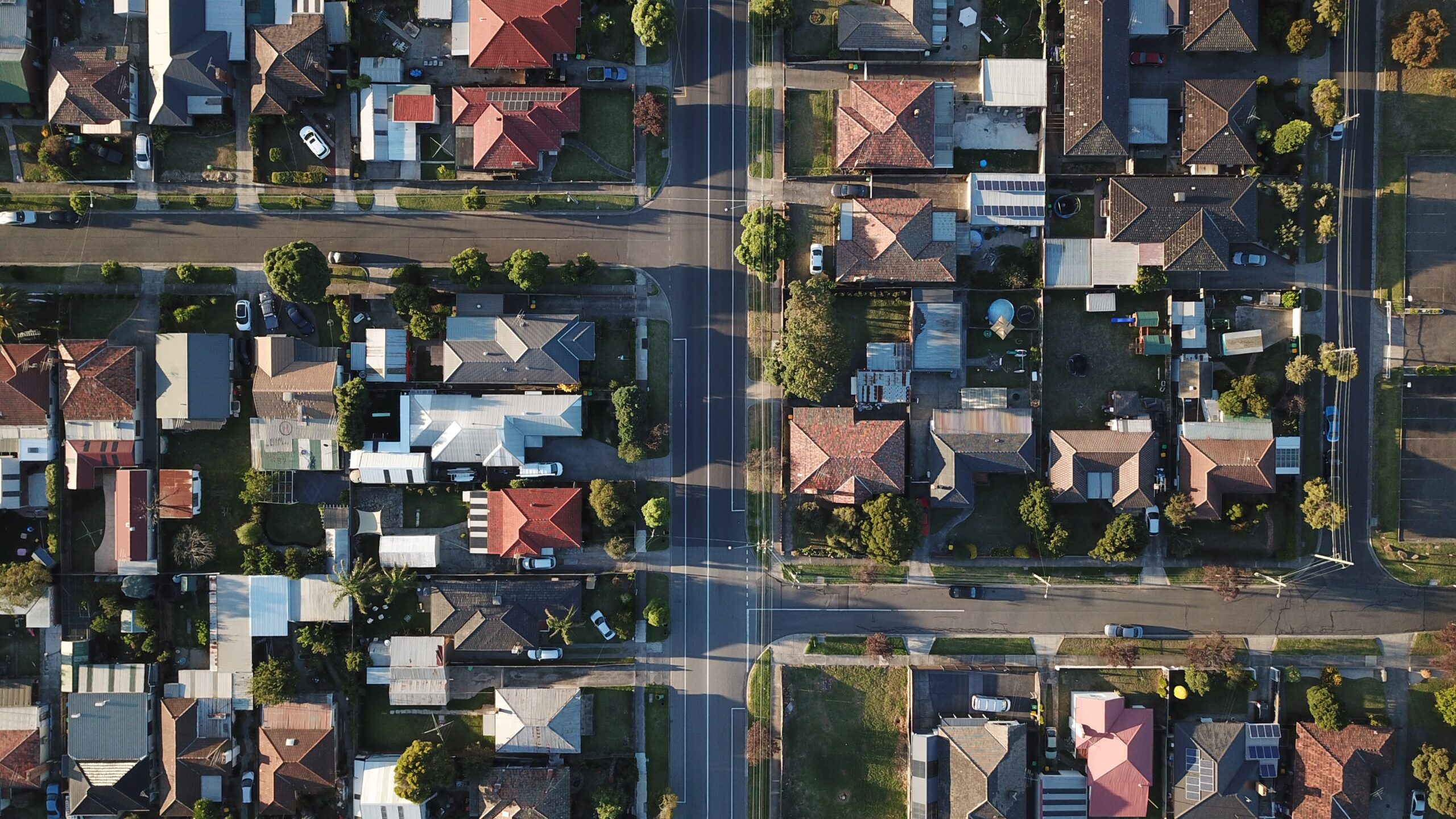The massive economic contraction of the pandemic has caused a surge in unemployment that is still shaking out. ADP’s monthly jobs report says over 20 million people lost their jobs in April, and it’s unclear if the first few weeks of May will bring an end to the surge in layoffs. Initial furlough numbers will move towards permanent unemployment figures as businesses struggle to stay afloat. Will it get worse?
The housing sector is one of the most obvious areas of stress in an economic contraction as sharp as this one. Congress is currently taking a close look at what it can do, with Democrats just recently proposing $175 billion in rental and mortgage aid as part of their HEROES Act. There are many intersecting parts to consider when deciding how best to address these concerns – here are just a few key aspects of this issue we’re tracking.
The Knock-On Effects Have Been Muted Thus Far
According to the Mortgage Bankers Association, forbearance rates have climbed north of 7%, although they have begun to level off. Eviction moratoriums, rental assistance, and mortgage forbearance keep people in their homes, but this tends to create a different problem that consumers don’t see. Renters pay landlords, most of whom have mortgages that they in turn must continue to pay whether or not their renters stay current. Mortgages are paid to servicers, many of whom have packaged these loans into mortgage-backed securities (MBS) they themselves owe payments on regardless of how much or little they collect every month. Thus far, we’ve yet to see the widespread defaults from mortgage servicers that many industry experts feared was imminent, but the stress on the system is evident.
The Risks of a Late Summer Downturn are Real
Despite the massive injection of capital to businesses and direct relief checks to millions of Americans, the late summer poses a significant risk for businesses and workers. Paycheck Protection Program (PPP) grants only cover salaries for eight weeks, and enhanced unemployment benefits expire at the end of July. Cities and states are starting to reopen, but most economists agree that a V-shaped recovery is unlikely. Fed Chairman Jerome Powell has repeatedly encouraged Congress to offer broad fiscal support to businesses which in turn would keep more Americans on the payroll. Nevertheless, the threat of a slow or minimal economic recovery still remains alongside the fear that a second wave of infections could surge through the country and force more social distancing, shelter-in-place, and non-essential business closures into the fall, all of which could lead to a wave of missed rent and mortgage payments.
Eventually the Trickle Up Effect Will Lead to a Bigger Problem
As cities and states begin the process of reopening, there remain significant concerns that a slow recovery will have knock-on effects to the housing sector. If we continue to see businesses fail and people lose their jobs, in turn they will struggle to make their rent or mortgage payments. Property owners and mortgage servicers run the risk of failing themselves, which can set off a cascade of ripple effects similar to what we saw in 2008. Mortgage servicers, banks and mortgage lenders, and construction companies and their suppliers are just some of the sectors likely to be hardest hit in this scenario.
